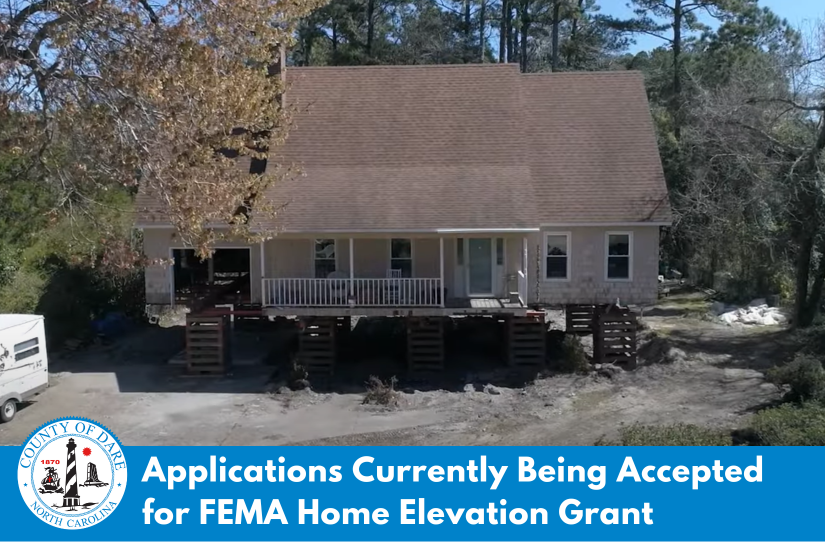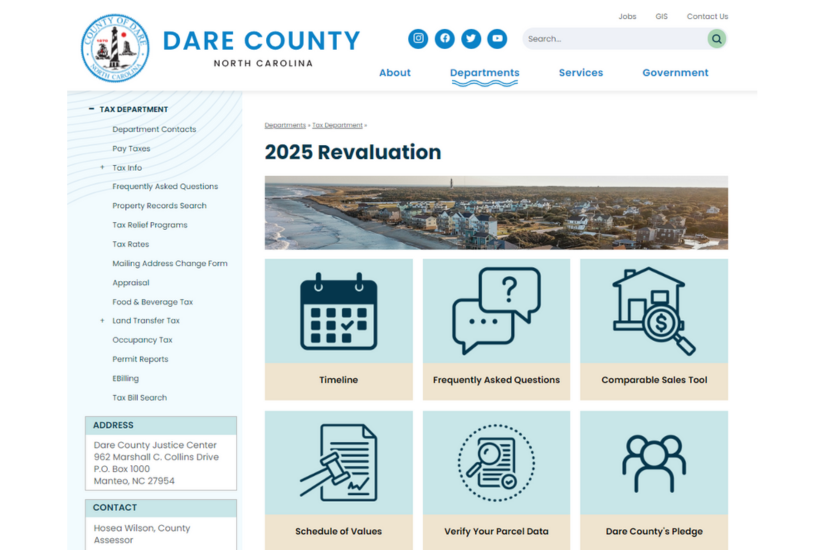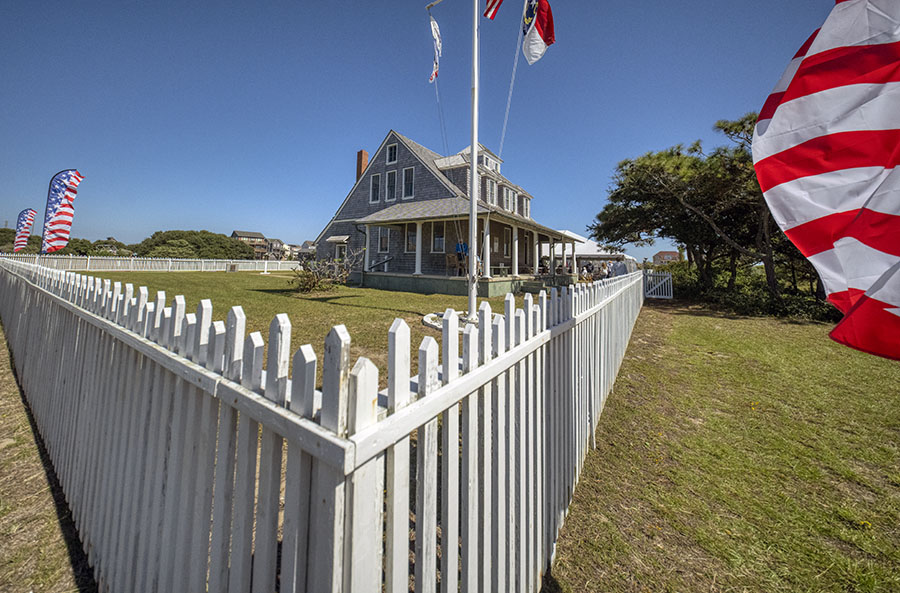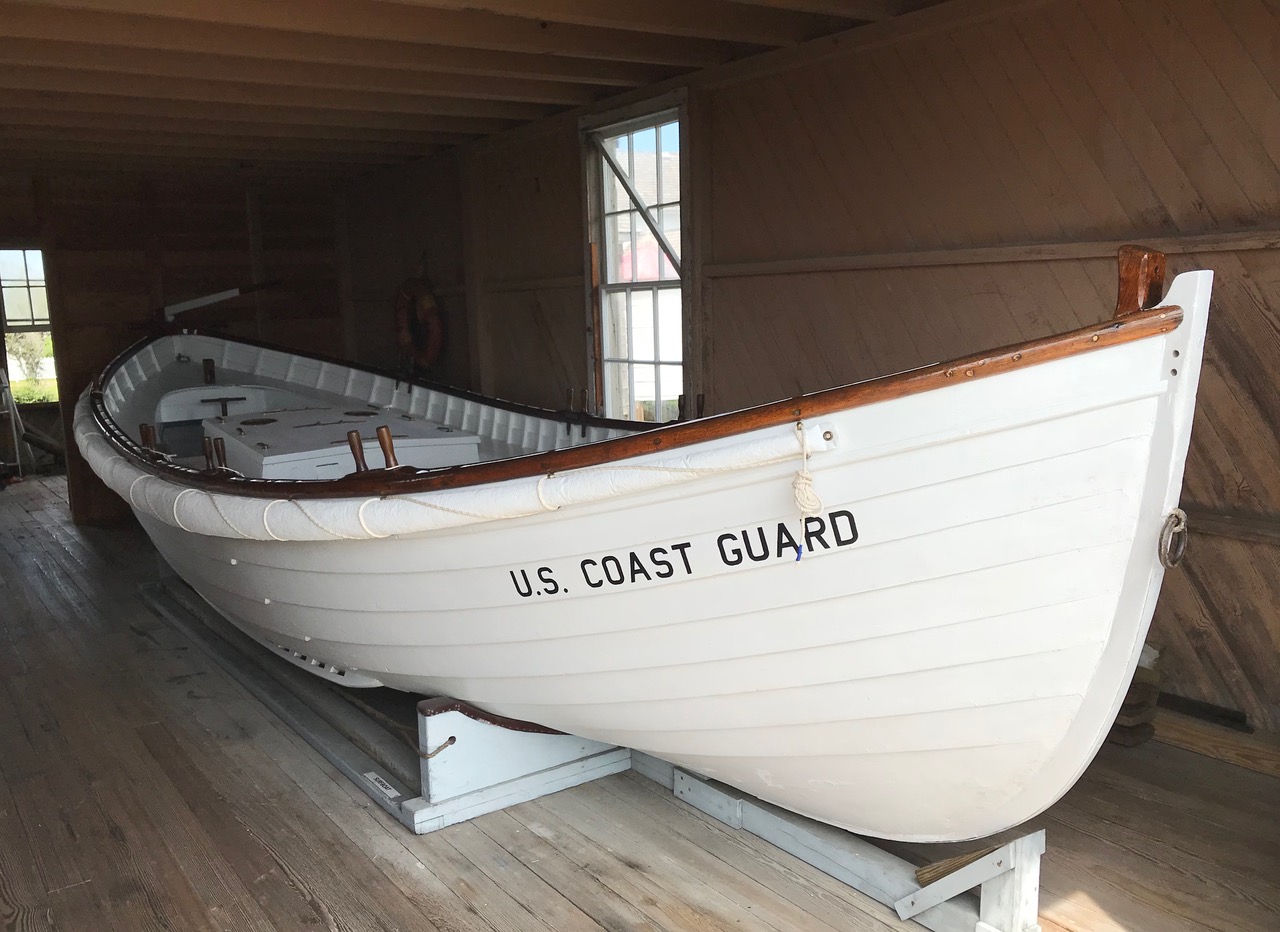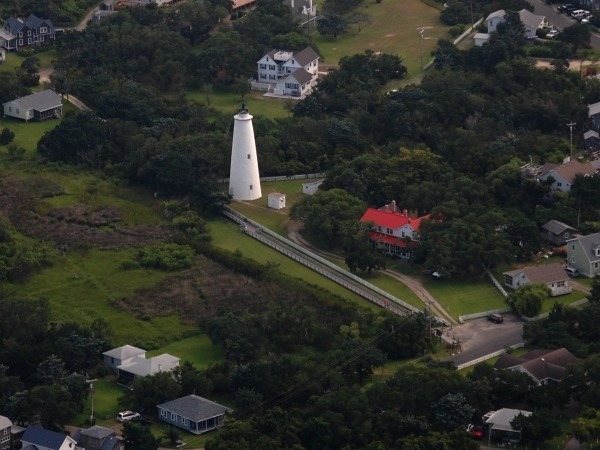By GERRY LEBING
Recently, my wife and I spent some time with my son in Washington, D.C. We were at the Kennedy Center waiting for a late show to start, and knowing it was the peak of the Geminids Meteor Shower, we decided to step out into the clear night skies and enjoy the celestial fireworks.
We didn’t see any shooting stars. In fact, we couldn’t even see enough stars to identify any constellations.
A couple of weeks later, I was corresponding with a friend in central New Jersey and reminded him about the upcoming Catalina Comet. He simply remarked you can’t see objects like that in New Jersey.
Light pollution is the culprit that’s reducing the visibility of stars and other night time objects over much of the United States.
It works like this: Uncontrolled or extremely bright light sources radiate light into the sky and in return the skies reflect it back. Unfortunately, this reflected light — or “sky glow,” as it’s commonly called — washes out the faint light emitted by the stars and other deep space objects.
It also has a lot of other impacts on the environment. There are studies that indicate light pollution impacts human health by causing insomnia, headaches, fatigue, a decrease in sexual drive, and anxiety. There are also direct impacts on animals, fish and insects.
We have light pollution problems here on Hatteras Island, and they are pretty easy to spot. Driving south across Bonner Bridge on a clear, dark night you can see the sky glow of Rodanthe-Salvo-Waves. Similarly as you drive between Avon and Salvo at night you can spot the luminescent glow of the village three to five miles away from your destination.
The Bortle Light Pollution Scale is a nine-point system for measuring the impact of light pollution. It ranges from Class 1 for Excellent Dark Skies to Class 9 for an inner-city sky where the vast majority of night time sky objects cannot be seen. The skies around Washington, D.C., and New Jersey probably fall into Class 9.
Here on Hatteras Island, the Bortle rating is very dependent upon location. In downtown Waves, I rate the night skies about Class 6. That’s a bright suburban sky! But if I walk out to my dock away from the security lights, store signs, and porch lights, that rating improves to about a 4.5 which is considered rural/suburban transition. Similarly, if I walk around Hatteras Colony in the winter when most of the house lights are off, the rating is Class 5. If I cross the dunes to the oceanfront, that rating drops into a category 4 or lower.
Those category 4 skies are among the darkest on the East Coast. That makes them a commercial asset. Many people are willing to travel great distances to get a chance to see clear night skies. They are a treasure that both residents and visitors need to cherish and protect.
A major source of light pollution on Hatteras Island has been the high-pressure sodium vapor security lights Cape Hatteras Electric Cooperative offers home owners. A large part of the light emitted by these fixtures radiates out and up into the night skies.
But that is going to change this year.
Susan Flythe, CHEC executive vice-president and general manager told me last year that the Board of Directors approved the replacement of the 100-watt and 250-watt HPS lights with LEDs.
“The opportunity to be responsive to dark sky issues combined with maintenance cost savings and REPS compliance were compelling arguments for changing the lights,” Flythe said.
Members will not have to ask to have them replaced. CHEC will begin replacing 957 of its current security lights with LED lighting soon, and she says most of them should be replaced by the end of the year.
The most important feature of the new LED fixtures is that the shade directs the light down to the ground. This initiative should definitely help improve our night skies. In some of the areas that have a high concentration of security lights, we could see the light pollution category drop from a 7 to a 5.
Individual property and commercial property owners can help reduce light pollution by following some simple suggestions:





